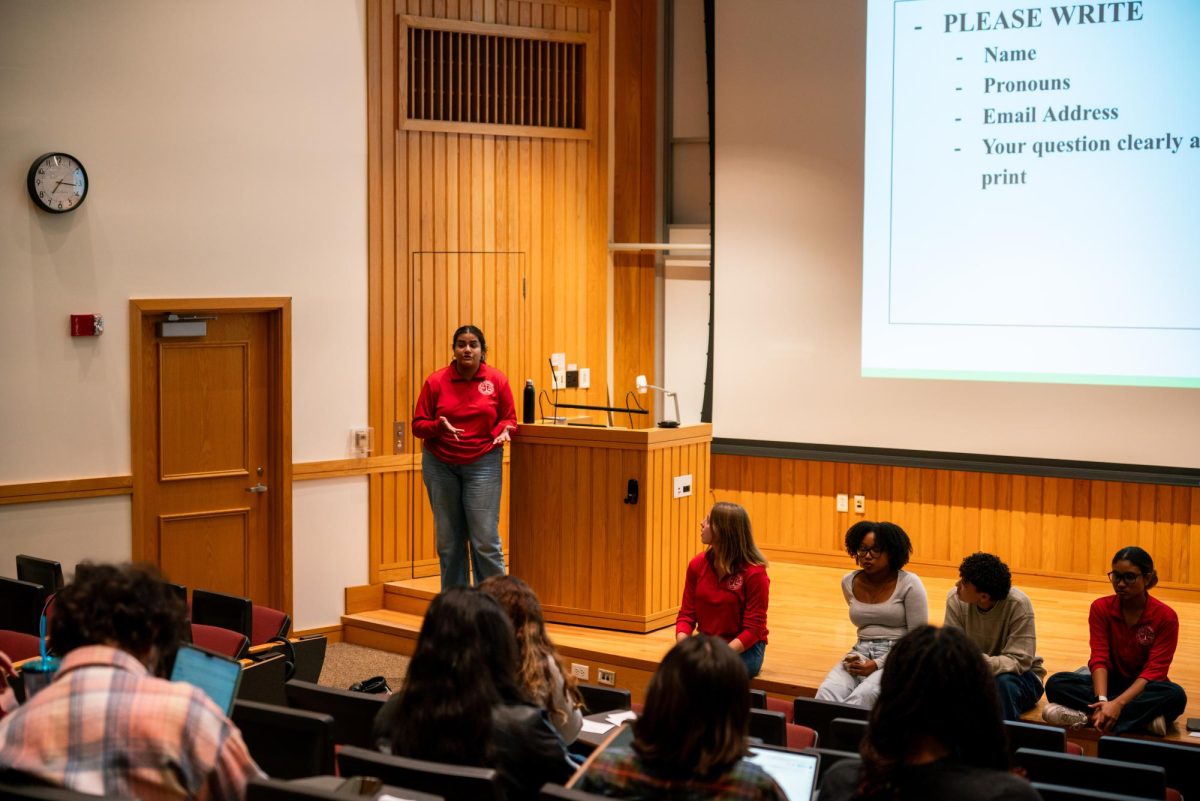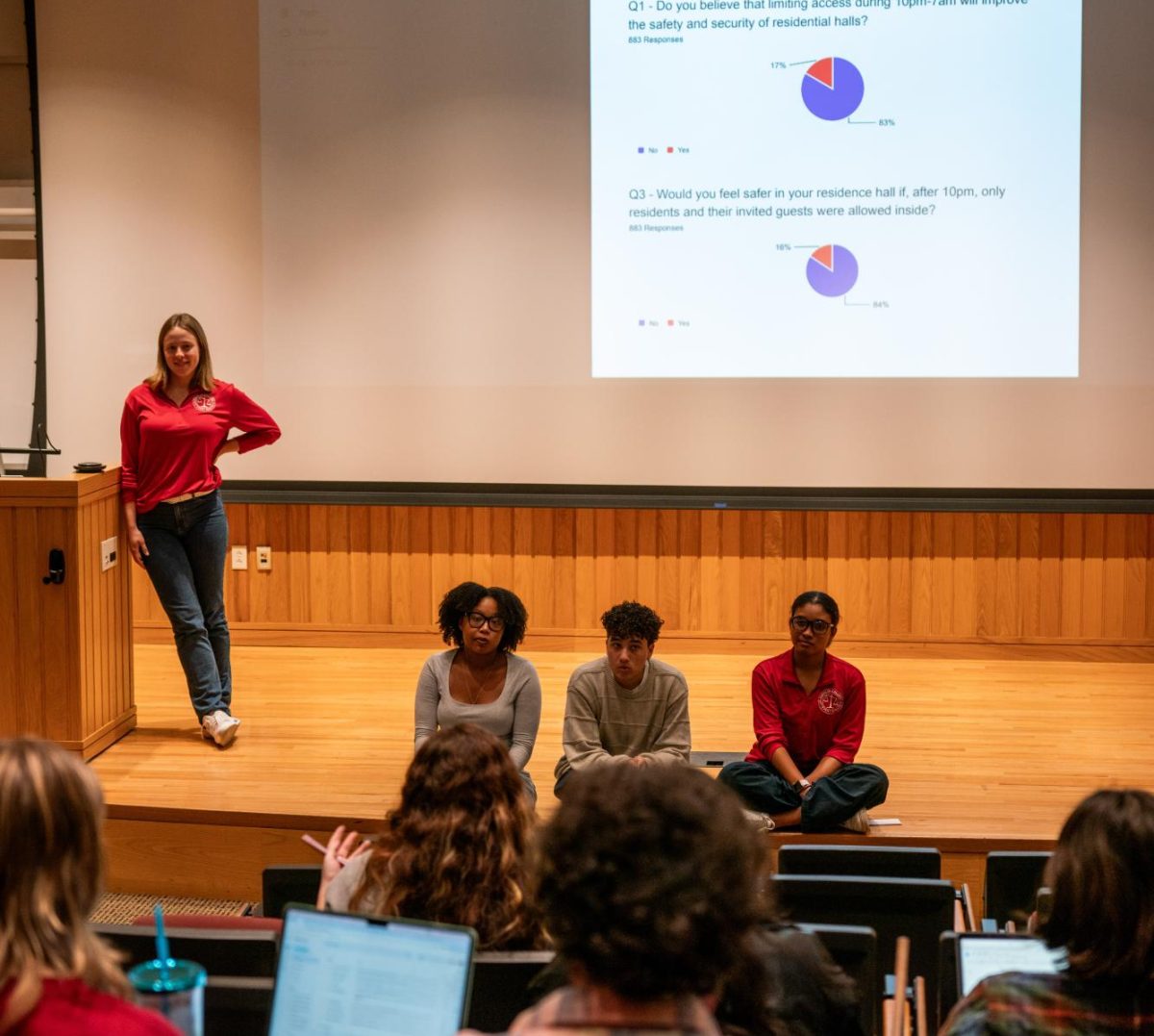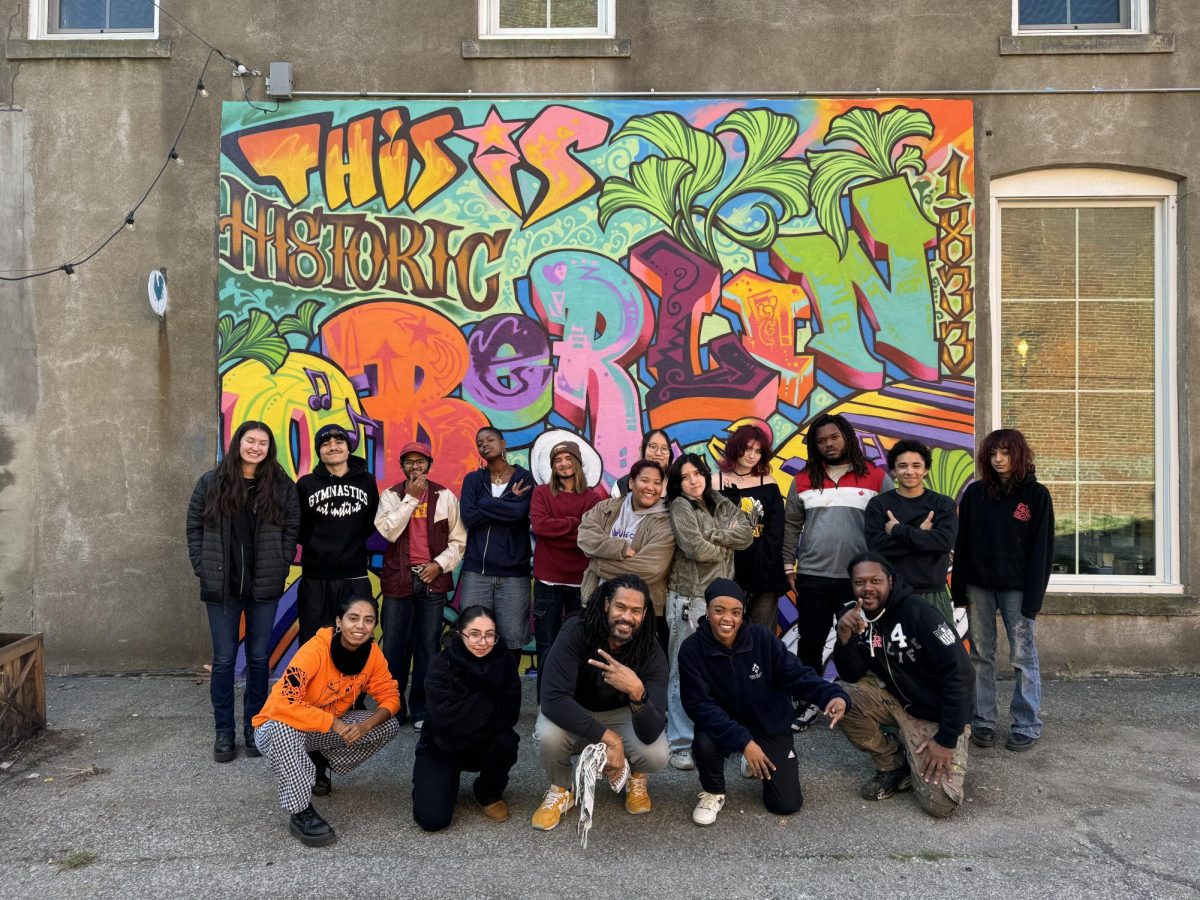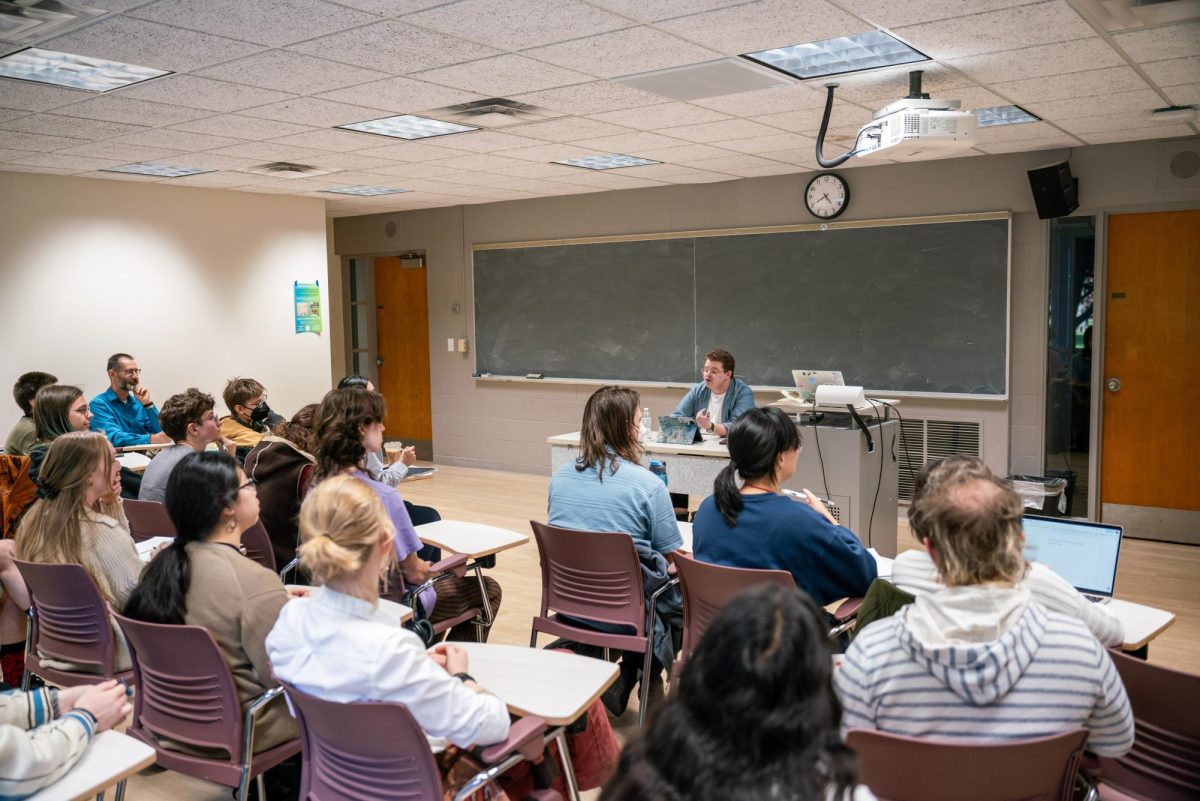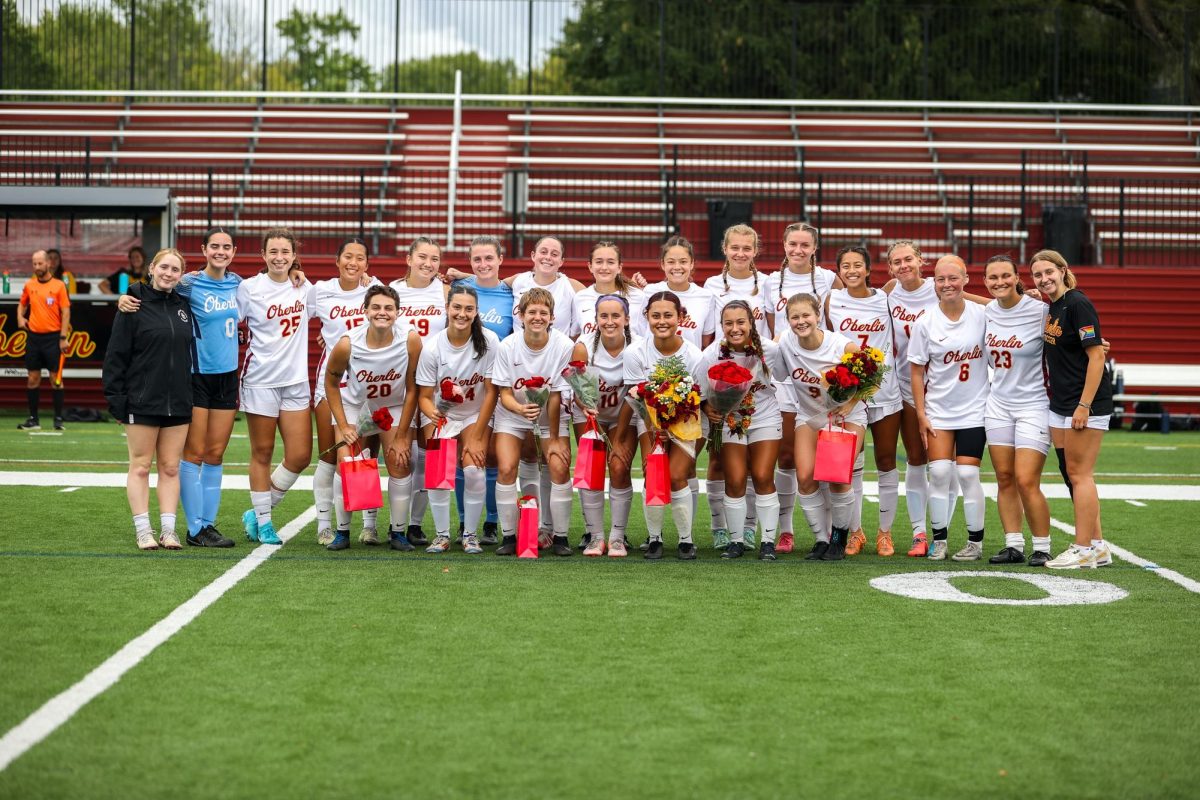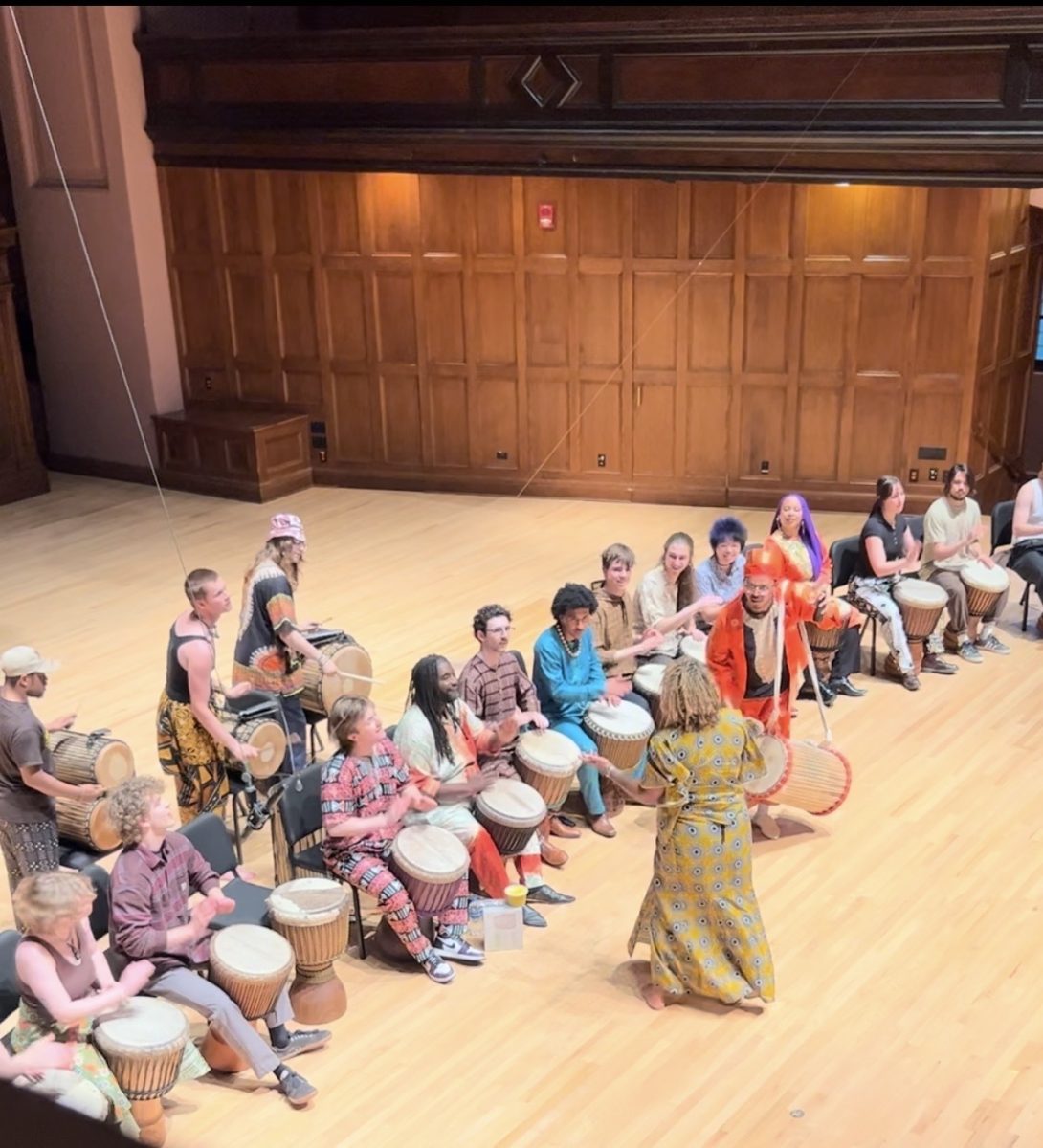Oberlin Makes Progress in Diversifying Community
September 15, 2017
Have you ever been lured by statistics claiming that an institution is significantly more diverse than its competitors? If you attend Oberlin or any other college, you likely have. Many workplaces advertise themselves in a similar manner, which I experienced first-hand at an internship this past summer.
For my senior project last year, I interned in the Office of the Attorney General in Washington, D.C., shadowing attorneys in the public interest division. As a student considering a career in law, I hoped the internship would give me an accurate understanding of what life as an attorney would be like.
After my project officially ended, I was asked to continue interning over the summer and I happily accepted. The staff ’s diversity immediately caught my eye during orientation. The woman that coordinated my internship was a POC, the person who presented the guidelines and regulations to the interns was a POC, and the attorney I was assigned to shadow was also a POC. Beyond these positions, the attorney general was the first POC to be elected as attorney general in D.C. history. The position immediately underneath the attorney general was held by a POC as well.
On the surface, this level of diversity impressed me. However, a few weeks into my internship I began to notice that most of the office’s diversity was reflected in the supporting staff, like the maintenance workers and receptionists. While the two highest positions in the office were held by POC, I realized that this was not representative of the office leadership as a whole.
I greatly appreciated the effort to promote and maintain a diverse office, regardless of whether or not the effort was the result of an initiative by the new attorney general. While hiring a diverse staff is a great step toward promoting institutional inclusion, the work should not stop there.
My initially skewed perception of the office’s diversity prompted me to consider the distribution of diversity in other spaces as well. I realized that I was the only African-American intern in my section. There were a few other POC interns, but the majority of interns were not POC. Internships are a great way for people to get their foot in the door; however, they are less accessible to POC, which may contribute to a lack of diversity in leadership positions down the road.
Institutions are increasingly emphasizing diversity by putting POC in high positions, which supposedly creates more opportunities for minority groups. Oberlin is also engaging in this strategy of hiring POC in leadership positions in an effort to create a more diverse and inclusive community. The most publicized of these hires is President Carmen Ambar, Oberlin’s first African-American president in its 184-year history.
While everyone is aware of Ambar’s appointment, she is not Oberlin’s first or only high-level POC hire. According to Director of Media Relations Scott Wargo, Oberlin has re-cently filled several high-level positions with POC. Currently, Oberlin’s Director of Libraries, Dean of Admissions and Financial Aid, and General Counsel are all POC. Wargo noted that these are all recent hires, which demonstrates that Oberlin is only now beginning to focus on hiring POC in high-level positions. Additionally, Wargo explained that these positions do not open often, as they pay well and provide good benefits. Thus, any transition in hiring strategies will be slow.
While it is easy to quantify the POC faculty population, it is difficult to measure the significance of the College’s actions when students are not aware of the process through which these individuals were hired. Regardless, these hires indicate a meaningful change, as the institution is clearly making a deliberate effort to bring historically marginalized people to leadership positions in an attempt to foster a more accepting educational environment.
Like most colleges that I considered, Oberlin advertised itself as “diverse,” and it appears that the overall student population is indeed diverse. While the College is still clearly a predominantly white institution, I do encounter students of color frequently around campus. However, Oberlin’s diversity seems to exist only in certain areas of my day-to-day activities. Choosing to be a resident of Afrikan Heritage House has allowed me to interact with more POC. My first-year seminar course is also a fairly diverse group. However, this is not the case in my other courses, as there seem to be proportionately fewer POC. Furthermore, as a member of Oberlin’s women’s soccer team, I spend a lot of time with the players and I very quickly noticed that I am one of the few POC on the team.
In my experience so far, I tend to be in the minority as a POC at Oberlin. Still, the College’s diversity seems to be at the level advertised. I am reassured that I chose to attend an institution that appears to be taking the initiative to create a truly diverse community among students, faculty, and staff alike.






